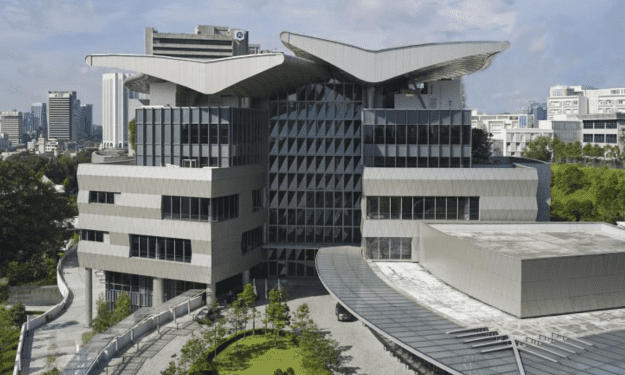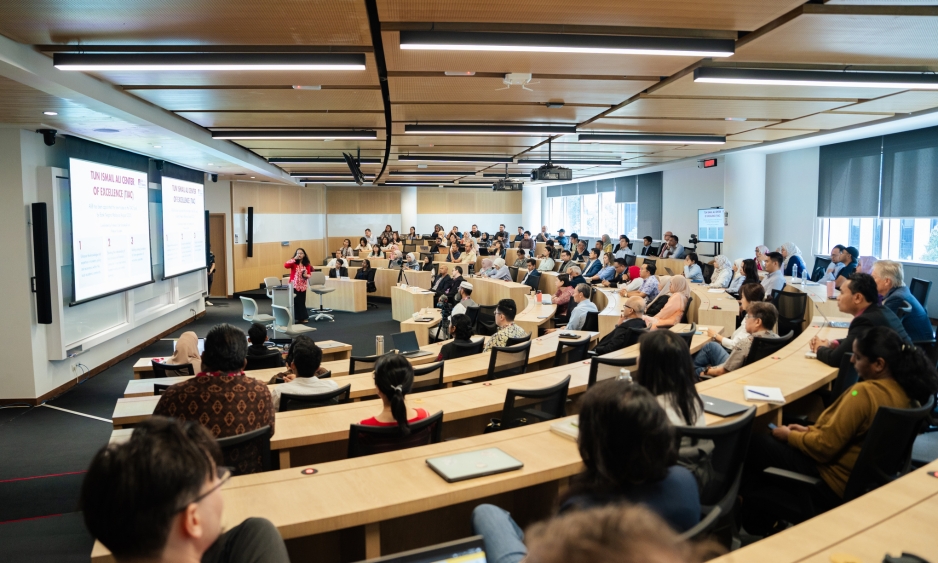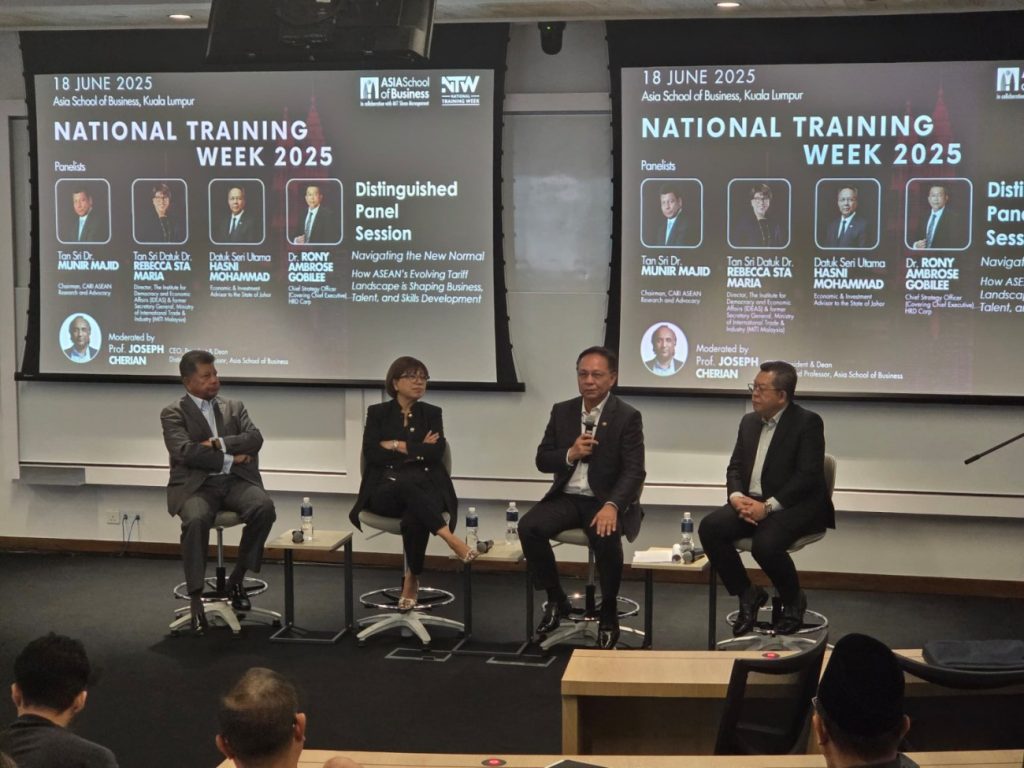Asia School of Business (ASB) welcomed participants from across sectors to its campus in Kuala Lumpur this June, hosting a weeklong series of thought-provoking sessions in conjunction with National Training Week 2025, an initiative by HRD Corporation.
How ASEAN’s Evolving Tariff Landscape is Shaping Business, Talent, and Skills Development.
The highlight of the week was a panel discussion titled “How ASEAN’s Evolving Tariff Landscape is Shaping Business, Talent, and Skills Development.”
Held on June 18, the session brought together influential voices from business, policy, and education to reflect on how tariff shifts are reshaping supply chains and skills demand across the region. Moderated by ASB’s CEO, President & Dean, Distinguished Professor Joe Cherian, the panel included:
- Tan Sri Dr Munir Majid, Chairman, CARI ASEAN Research and Advocacy
- Tan Sri Datuk Dr Rebecca Sta Maria, Director, IDEAS and former Secretary-General, MITI Malaysia
- YB Datuk Seri Utama Ir Hasni Mohammad, Economic and Investment Advisor to the State of Johor
- Dr Rony Ambrose Gobilee, Chief Strategy Officer (Covering CEO), HRD Corp
Together, the panel explored five interlinked themes: trade disruption, industry transformation, emerging skills, public-private collaboration, and digital acceleration.
From Trade Turbulence to Talent Risk
Tan Sri Dr Munir Majid opened with a macro view of how shifting tariff regimes are affecting ASEAN’s economic integration. While global powerhouses retreat from multilateralism, ASEAN’s strength lies in coordinated, rules-based engagement. However, member states must now decide whether to act collectively or chart individual paths through an increasingly fragmented trade landscape.
From a policy perspective, Tan Sri Datuk Dr Rebecca Sta Maria warned of a deeper, long-term challenge: tariff uncertainty is creating investment hesitation, which in turn threatens workforce development. She emphasized that talent risk has become an unintended consequence of trade volatility—calling for urgent reforms in human capital policy, curriculum innovation, and skills alignment.
Ground-Level Realities and Industrial Response
Offering a state-level perspective, YB Datuk Seri Utama Ir Hasni Mohammad highlighted how subnational economies like Johor are working to remain attractive to investors amidst global supply chain reconfigurations. He noted that sectors such as electronics, logistics, and precision manufacturing are especially vulnerable—but also well-positioned for transformation through digital investment and targeted workforce planning.
Building Future Skills through Collaboration
Dr Rony Ambrose Gobilee of HRD Corp underlined a pressing need to future-proof ASEAN’s talent pipeline. As companies realign operations and localize supply chains, demand is rising for niche skillsets—particularly in semiconductor design, sustainability, automation, and regulatory compliance. However, data from the Randstad 2025 report indicates that many Malaysian workers still lack access to structured training opportunities. HRD Corp is stepping in with initiatives that link industry clusters to reskilling pathways, and accelerate that process through partnerships with academia and global tech players.
Across all panelists, the message was clear: ASEAN’s ability to navigate tariff-induced disruption depends on how quickly governments and businesses invest in the region’s human capital. The panel called for strengthened public-private partnerships, curriculum reform aligned with industry needs, and targeted national strategies—such as Malaysia’s National Semiconductor Strategy (NSS) and the National Energy Transition Roadmap (NETR)—to drive sustainable, inclusive growth.
“We must close the loop between investment attraction, skills development, and long-term competitiveness,” the panel concluded.
Practical Skills Training Sessions Hosted at ASB During National Training Week
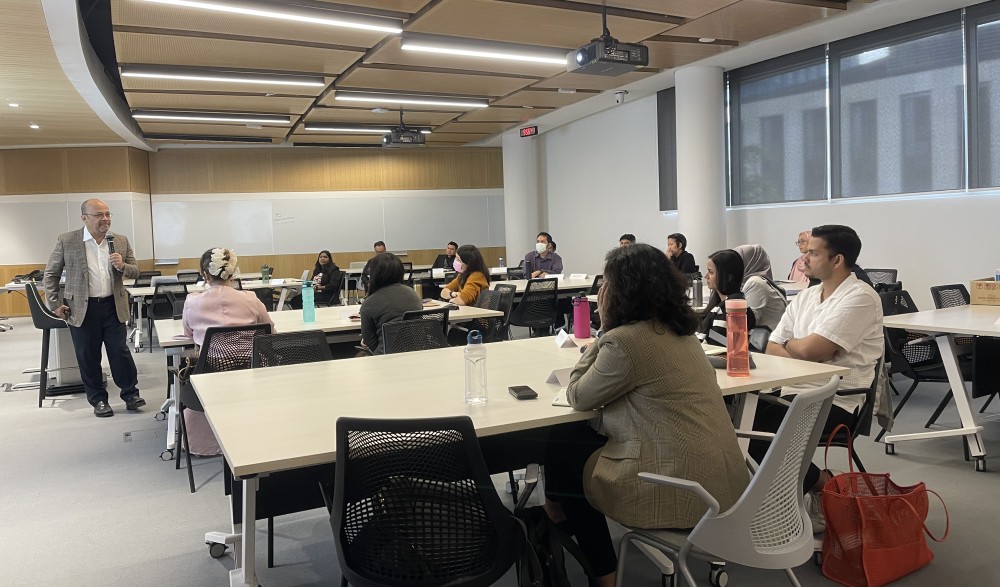
Who Am I & What Do I Really Want? (17 June)
In this reflective full-day session, Senior Lecturer Muhammad Sabri Rawi guided participants to explore their core values, sources of motivation, and personal definitions of success. Through value-sorting exercises and dialogue, attendees uncovered how these insights can shape meaningful career and life choices.
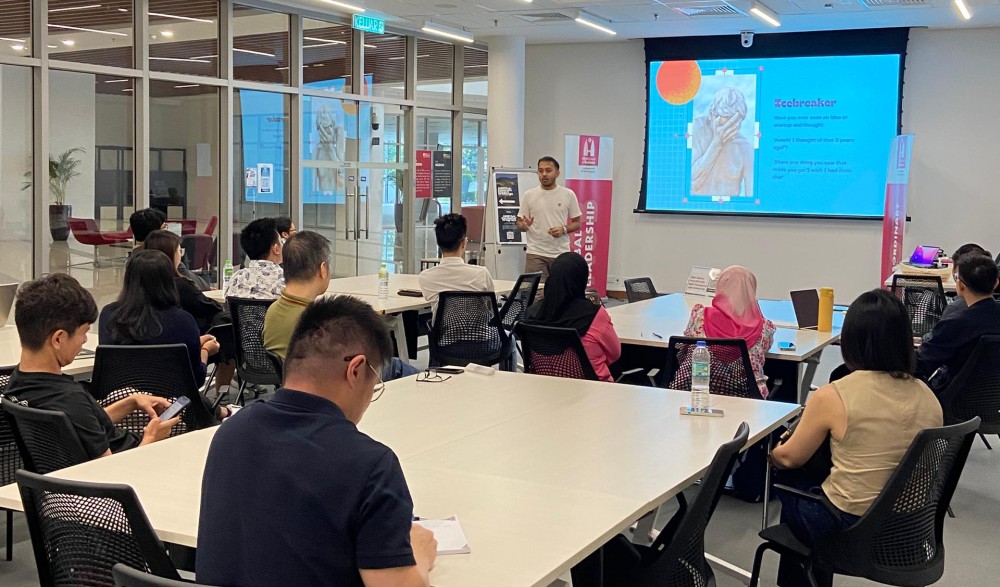
Zero to Something: Starting Big Ideas with Zero Budget (21 June)
Redza Shahid, Assistant Director at the Innovation & Entrepreneurship Center (IEC) at ASB, led this interactive workshop focused on starting lean and thinking resourcefully. Drawing from his experience building ventures like Grub Cycle, Pasar Grub, and Oililin, he guided participants through practical tools and mindsets to launch ideas without external funding—emphasizing early adopters, low-cost validation, and sustainable growth strategies.
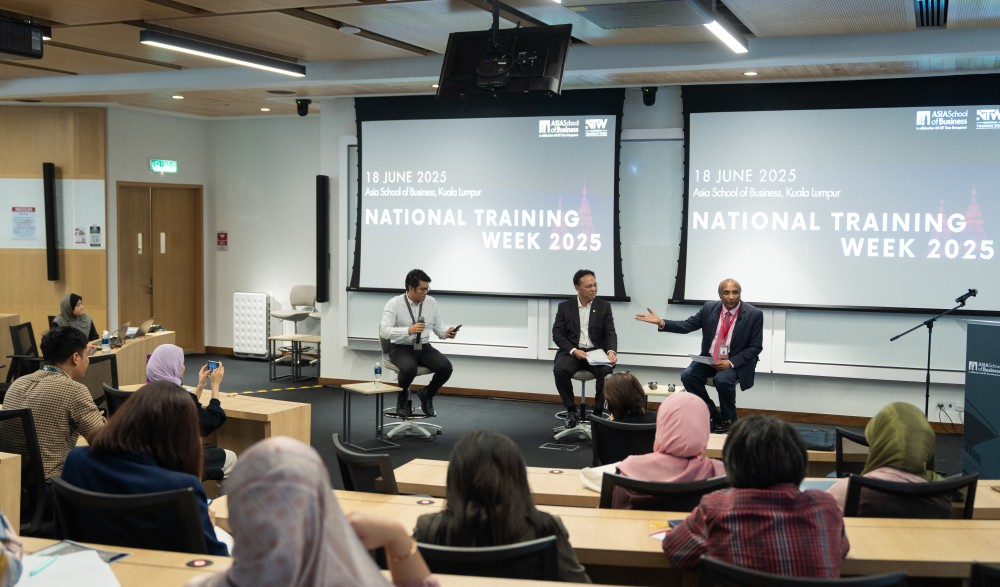
Mitigating Venture Risks Using the VANGUARD Framework (21 June)
In this fast-paced session, Neil Cheong, Founding Managing Director and Chief Program Officer at GUIDE, introduced the VANGUARD framework—a strategic tool to help entrepreneurs and venture leaders navigate risk. Drawing from 1,240+ insights from across Asia’s venture and startup ecosystem, the session offered practical steps to avoid common missteps and build resilient ventures.
Through this series, ASB reaffirmed its commitment to nurturing transformative leaders and supporting Malaysia’s broader talent development agenda. The conversations sparked during the week continue to inspire action—toward a more resilient, inclusive, and future-ready ASEAN.
Other sessions hosted by ASB during the week included courses titled “The Power of Storytelling as a Marketing Tool in Branding” by Elli Famira Azisman, a Chevening Scholar and strategic communicator with a multidisciplinary background in law, media, and sports, and “No Code, No Problem: Launch Your Website in a Day” by Abdul Haris, an innovation enthusiast with experience in program development, makerspaces, and creative strategy.
